The aircraft for today is the one that served not only as an advanced trainer jet for the Spanish Air Force but also as their light attack fighter. The name of this aircraft is CASA C-101 Aviojet which was designed by a company named CASA (Construcciones Aeronáuticas SA) back in the early 1970s.
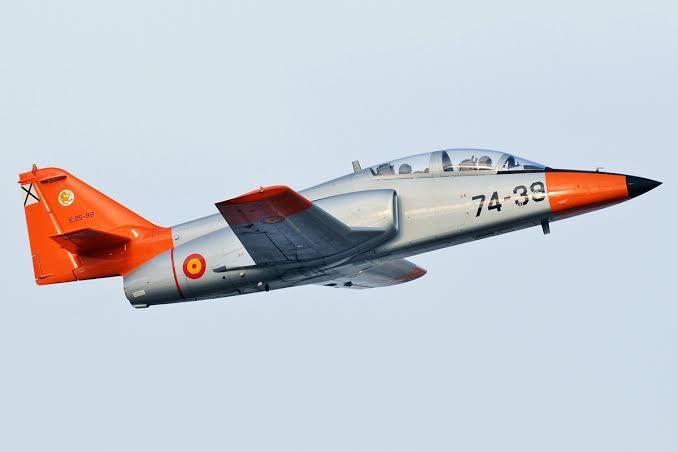
The CASA C-101 Aviojet was designed as a response to the requirement by the Spanish Air Force for their aged fleet of Hispano Saeta. The work on the CASA C-101 Aviojet was started back in 1975 and the ultimate product was named CASA C-101 Aviojet. Tin addition to CASA’s own team of designing, technical assistance from Northrop Grumman and MBB (Messerschmitt-Bölkow-Blohm) was acquired. The first 4 prototypes of the aircraft were manufactured back in early 1977 and also took their first flight successfully.
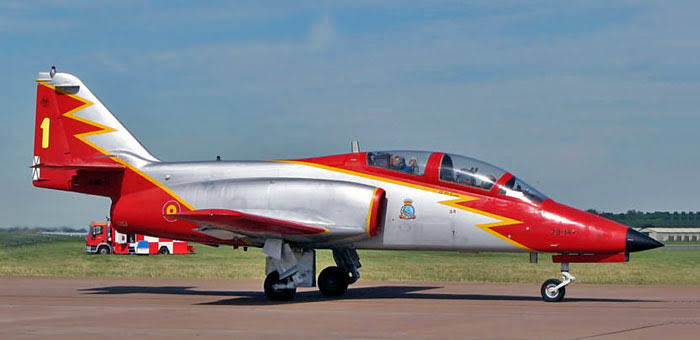
The design of the CASA C-101 Aviojet was similar to many other jet trainers of its time such as the BAE Hawk and Alpha Jet but it was less sophisticated in its aerodynamics due to the unswept wings.

The aircraft was introduced for the operational service of the Spanish Air Force back on March 17th, 1980 and they were the principal operator of this aircraft to this day. Now in this age, the aircraft has been exported to other countries like Chile, Honduras, and Jordan as their jet trainer and the light attack fighter.
CASA C-101 Aviojet; an advanced trainer jet:-
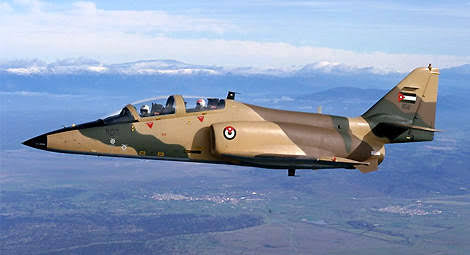
The CASA C-101 Aviojet was primarily designed by CASA as the advanced jet trainer upon the needs of the Spanish Air Force as their fleet of Hispano Saeta was aging and could not fulfill the necessary needs. The aircraft was a success in its primary role as it provides the airmen with hands-on training capabilities that the ordinary piston-powered trainers could not give them. The aircraft coupled with its fly by wire controls and the modernized cockpit systems was able to simulate the conditions of a fully capable military-grade fighter jet.
The value of this aircraft also increased due to its being of light strike fighting nature that could carry limited ordnance to give a fast-paced attack platform for added are the power of an air force to engage the ground enemy targets.
Development and first flight:-
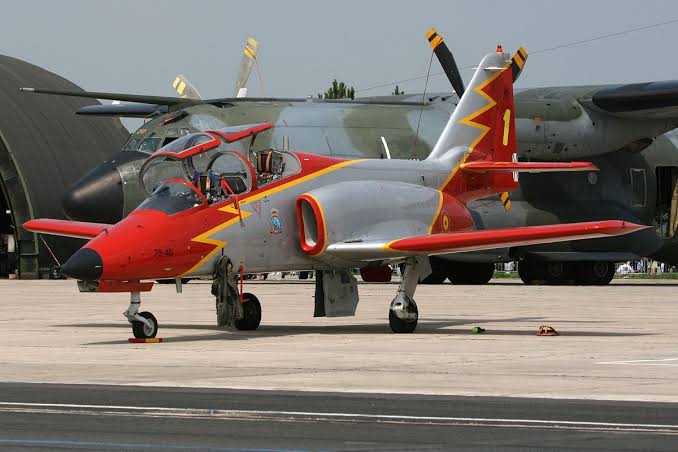
It was not until the 1970s that the Spanish Air Force put down the requirement for a new and advanced trainer jet for their other turbojet-powered and straight-winged trainers at that time in service. The company to provide its expertise in that regard was CASA but they too were unable to produce such an advanced trainer jet so they enlisted the help from 2 major aircraft manufacturers of the time; Northrop Grumman and West Germany’s MBB. This partnership of assistance led to the development of the 4 prototypes of the CASA C-101 Aviojet.
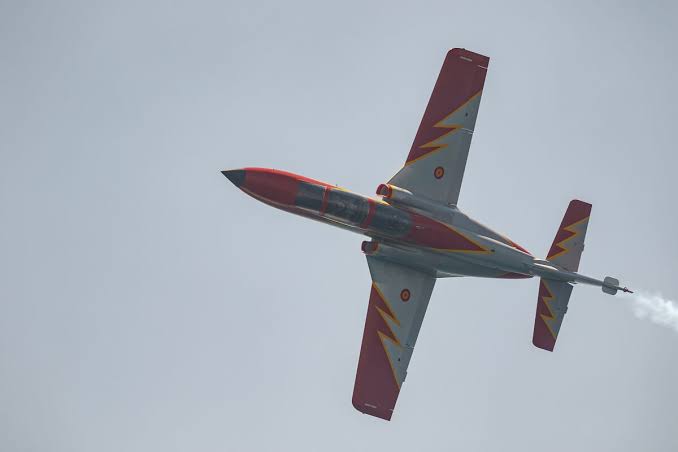
These prototypes took their first successful flight back in June of 1977. The aircraft was entered formally in Spanish Air Force’s service under the designation and name E.25 Miro aka Blackbird back in March of 1980. As for CASA, they designated this final product as C-101EB.
Powerplant:-
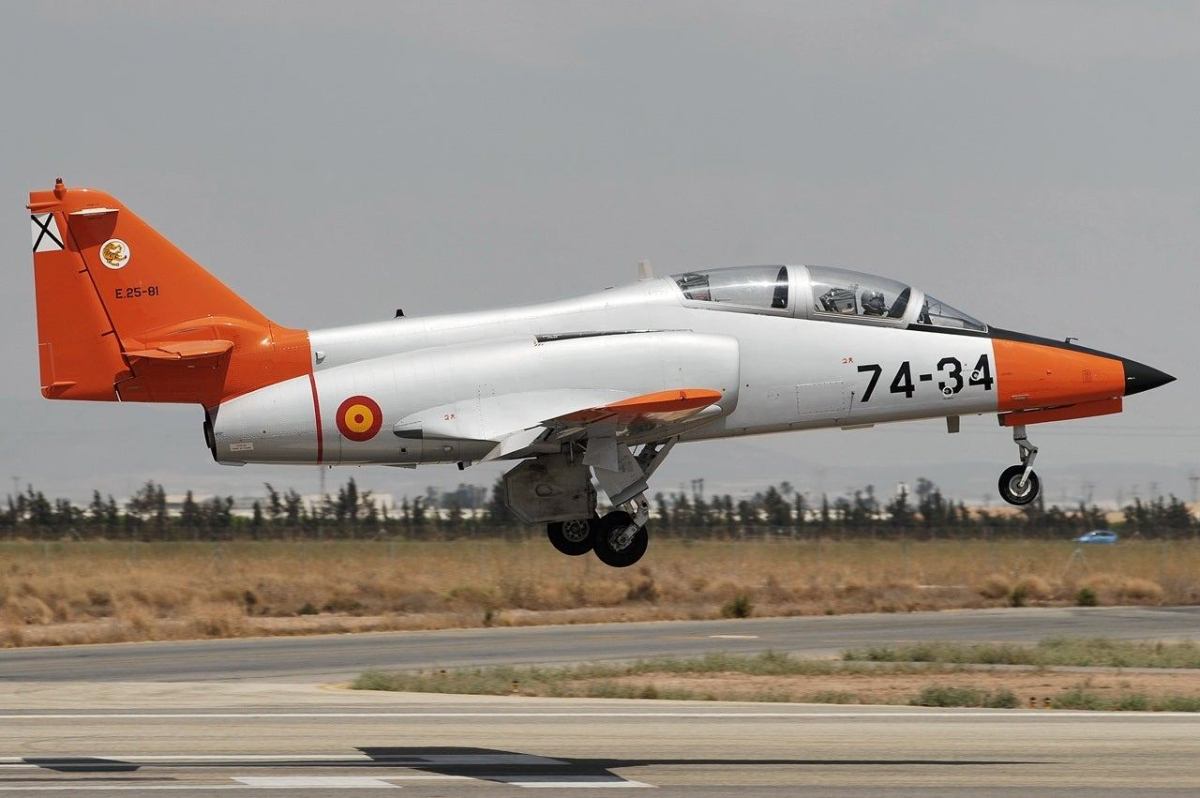
In order to keep the operating costs of the CASA C-101 Aviojet in check, the aircraft was designed to have a single-engine configuration. For this single engine configuration, it was fitted with the Garrett (now Honeywell) TFE731-2-2J turbofan jet engine. This jet engine was of the same power that was used at the time in the business jets. This particular engine was able to generate a thrust of 3550 lb/ft that allowed for the aircraft to have a top speed of nearly 480 mph for a maximum range of 2500 miles at a service ceiling of about 41000 feet.
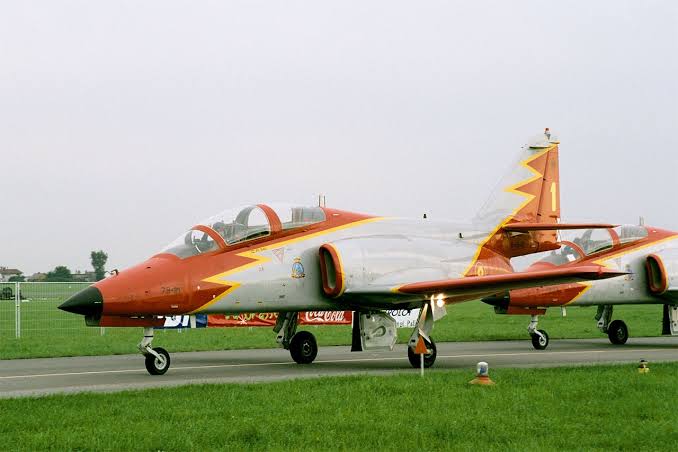
The aircraft achieved this maximum ceiling with a climbing rate of about 4900 ft/min. the CASA C-101 Aviojet was not designed to be a fast interceptor nor a dogfighting platform, which is why it was able to hold the power needed for both the training as well as the light attack roles.
Armaments:-
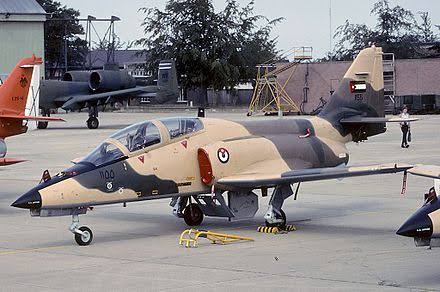
In the training roles, the aircraft was used without any armament fittings but when needed it could be equipped with all kinds of armaments like cannons, rockets, drop bombs and machine guns. Even a later variant of the CASA C-101 Aviojet could be equipped with the air-to-surface missile. The aircraft’s ventral bay was able to house either 2 of the heavy machine guns of 12.7 mm or one DEFA autocannon of 30 mm for attacking the ground targets.
The aircraft was designed to have 3 hardpoints on its every wing which in time of need were equipped with cannon pods, conventional drop bombs, gun pods and rocket pods. The maximum ordnance carrying capability of the aircraft externally was about 4890 lbs.
Other operators:-
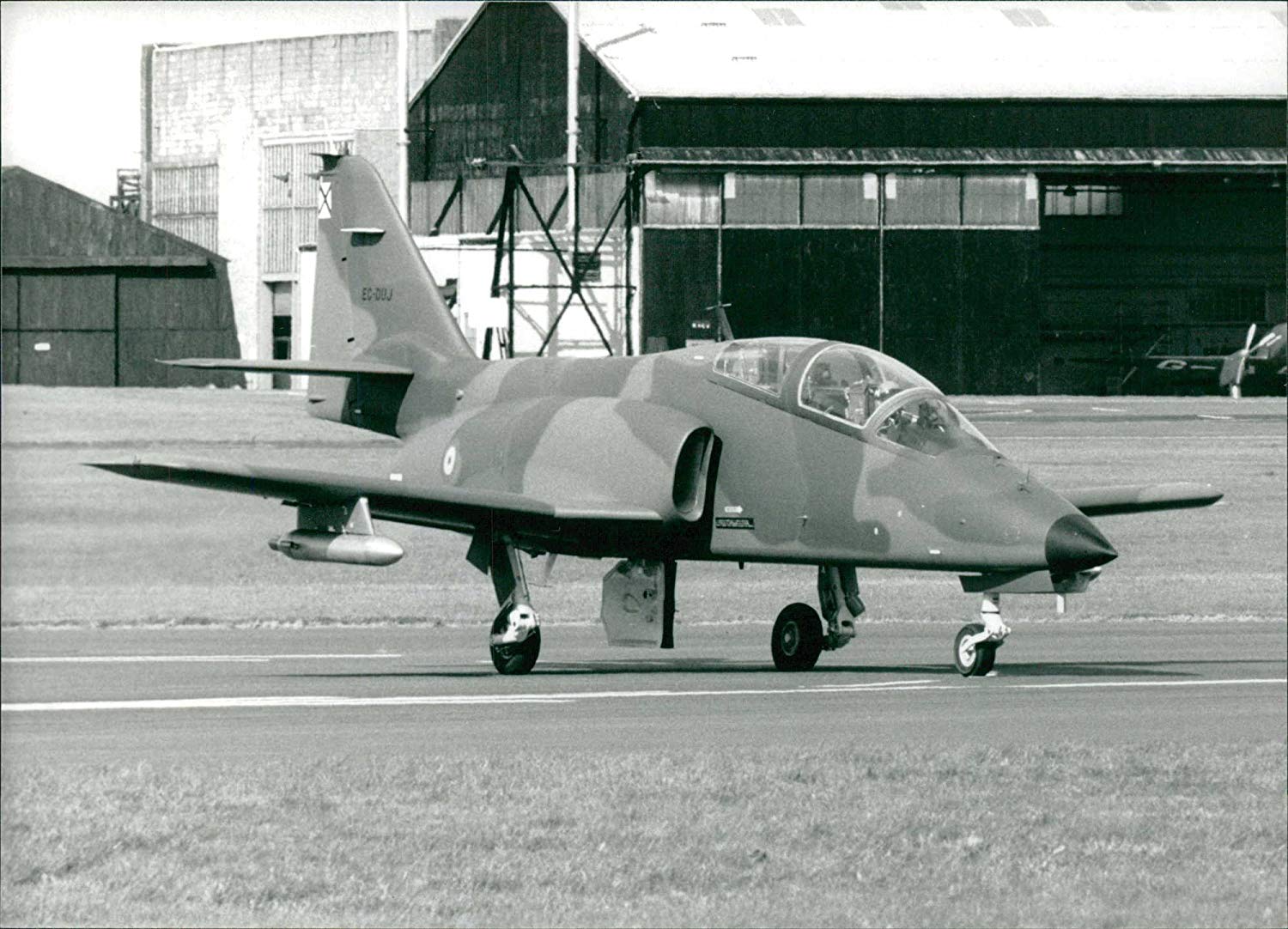
The primary operator of the CASA C-101 Aviojet is still the Spanish Air Force and they placed their order of 81 of these dedicated trainer aircraft and received the delivery in March of 1980. These aircraft were added for the life of these aircraft in the Spanish Air Force’s inventory. Other than Spanish Air Force other countries also showed interest in the CASA C-101 Aviojet with the first one being Chile. Chile order 35 of this CASA C-101 Aviojet of the dual-purpose model; the trainer and the light attack model, under designation T-36. Honduras was the second one to ask for the delivery of 4 of these dual-purpose models.
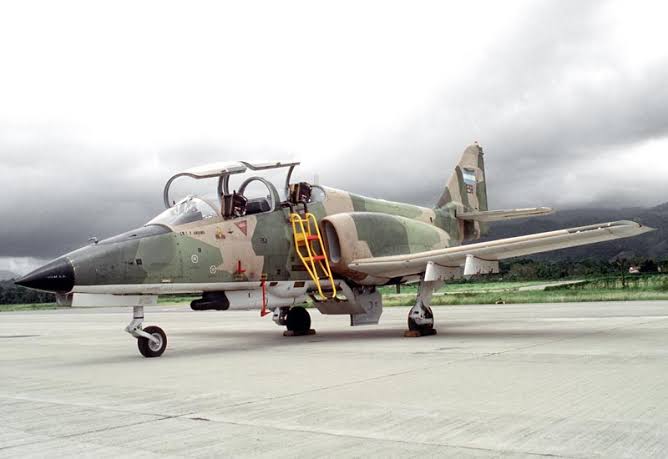
CASA later produced another variant of the CASA C-101 Aviojet which was a dedicated light strike jet fighter and was sold to Chile under the designation A-36 Hawk. 23 of these were sold to Chile and later 16 of them were delivered to Jordanian Air Force. In this model, engine was improved and the thrust increased to about 4700lbs.
An improved variant:-
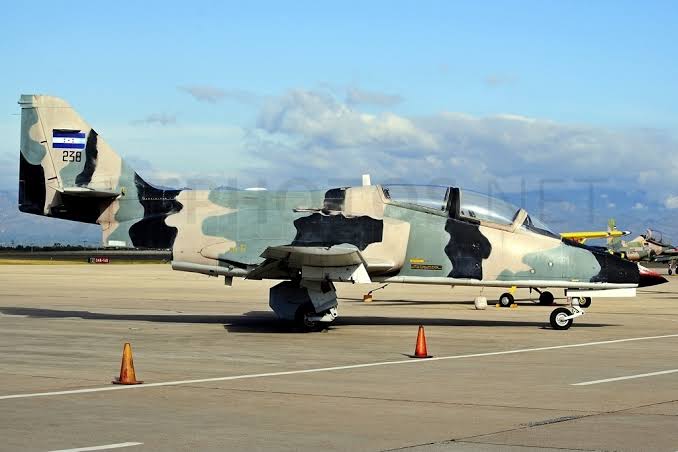
A modernized version of the CASA C-101 Aviojet was unveiled back in May 1985 which was designated as C-101DD. This was fitted with all the modern systems like the following.
- Heads Up Display (HUD)
- Hands-On Throttle and Stick (HOTAS) controls
- An improved system for the delivery of weapons
Despite all these features, the aircraft could not attract any potential takers and was thus withdrawn.
Total number of units produced; Service with Spain’s Aerobatics team:-
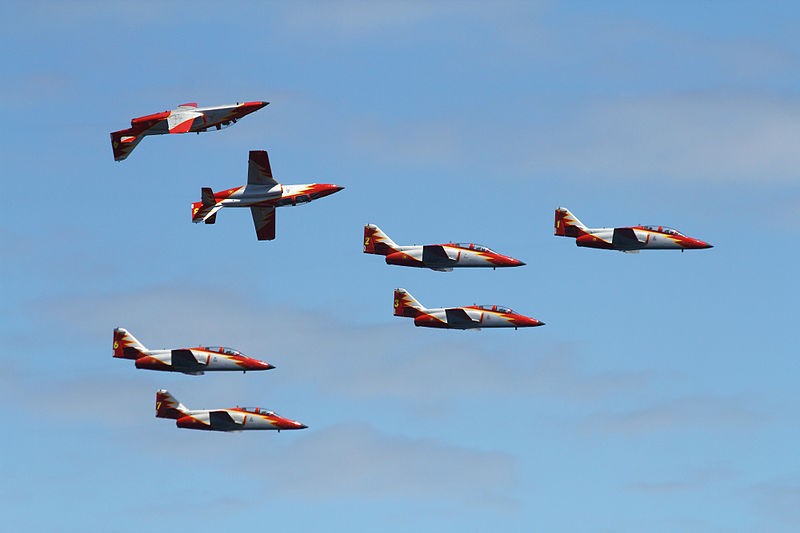
All in all, a total of 166 of these CASA C-101 Aviojet aircraft have been produced. The aircraft is also in service of Patrulla Aguilla, which translates to Eagle Patrol; the aerobatics team of the Spanish Air Force.
Related Content
Amazing facts about the Bristol Blenheim; The British Ligt Bomber
Interesting facts about the CASA/IPTN CN-235; the Military Transport Airbus

